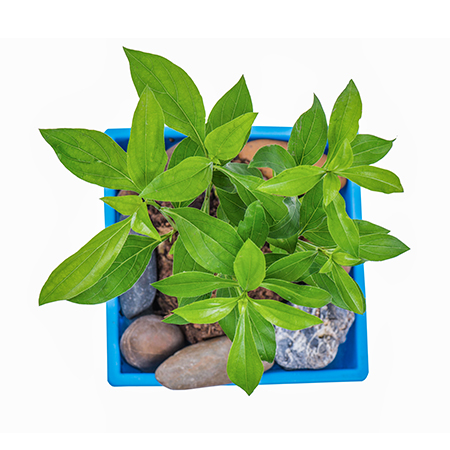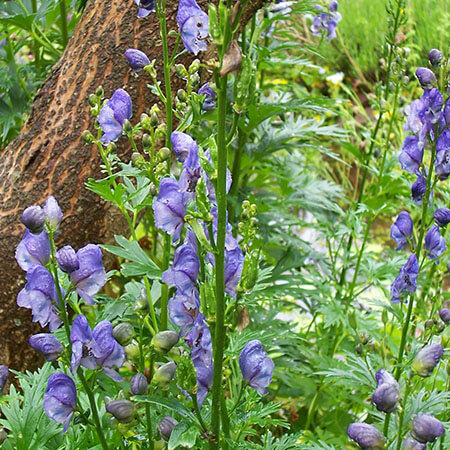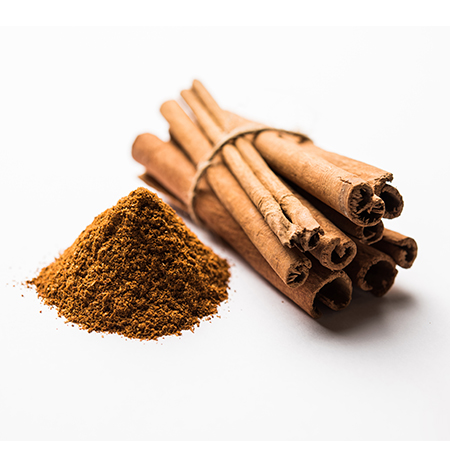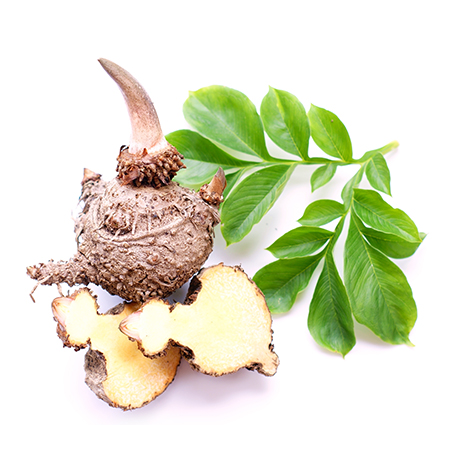-
About Us
button

Dabur India Limited is a leading Indian consumer goods company with interests in Hair Care, Oral Care, Health Care, Skin Care, Home Care and Food & Beverages.
-
Our Brands
button

Dabur presents a range of Herbal & Ayurvedic Personal Care products, created to make you look and feel good. Bringing together the gentle touch of nature and Ayurveda's wisdom .
-
Investors
button

Read our recent and archived releases, quarterly results, annual reports and financial statements. Initiatives Investor Centre.
-
Newsroom
button

Welcome to Dabur Media Centre. In this section, you’ll find our latest Press Releases arranged in a chronological order. The Press Releases have been further
-
Ayurveda & you
button

Our curated Collection of Ayurvedic knowledge for you. We at Dabur are working towards helping people lead a healthy and balanced life.
-
Sustainability
button

Dabur has been engaged in community development activities since 1994 and is committed to making a positive contribution to the communities where we source, live, work and sell our products.
-
Join Us
button

At Dabur, we are very passionate about winning and this has been engrained in DNA of the organization.
-
Support
button
- Home > Ayurveda & you > Ayurveda & Science > Ayurvedic & Medicinal Plants
Ayurveda and Science
Vajradanti/वज्रदंती/Coriandrum Sativum/Coriander/Dhanyaka
AYURVEDIC & MEDICINAL PLANTS

Barleria Prionitis Medicinal Uses
The herb is considered "Vajradanti" described in ancient Ayurvedic literature. The word stands for diamond teeth-which implies that, it strengthens teeth and make them as hard as diamond. Thus, in some parts of India, its twigs are used in various forms in dental hygiene.
Chemical Composition
The plant is reported to contain alkaloid and is rich in potassium.
Pacifies Kapha and Vata.
Read more about various ailments, it's causes, symptoms, ayurvedic treatments, etc.
Know the story behind other medicinal Ayurvedic ingredients

Amla

Atees

Bhojpatra Plant

Dalchini Plant







